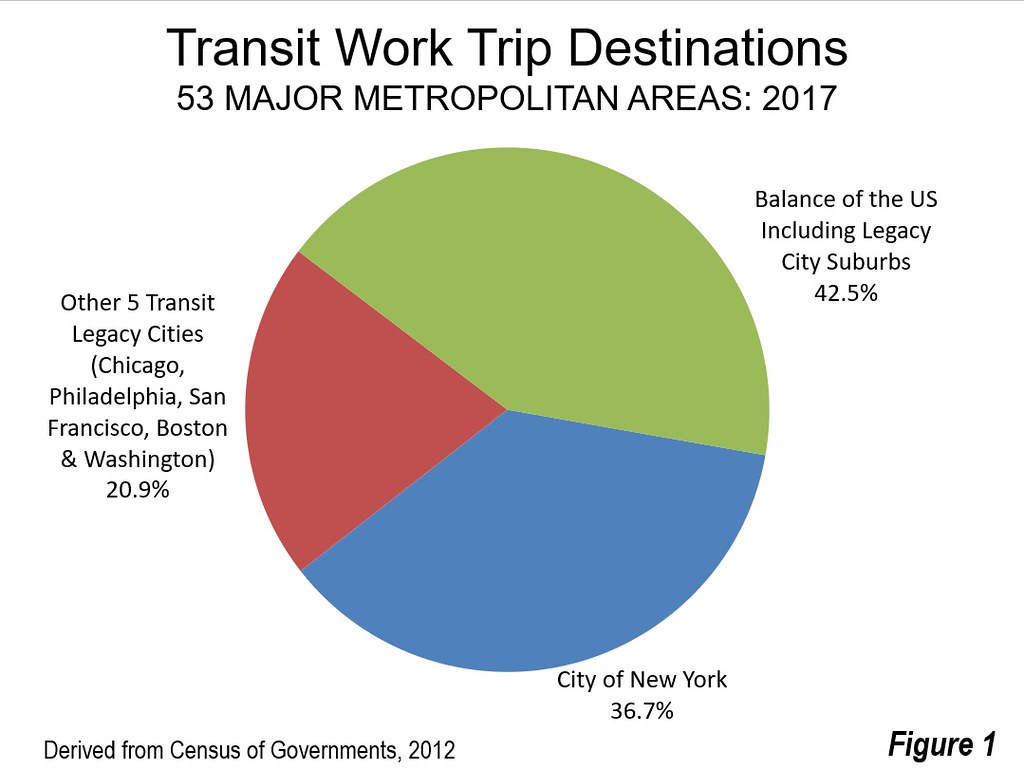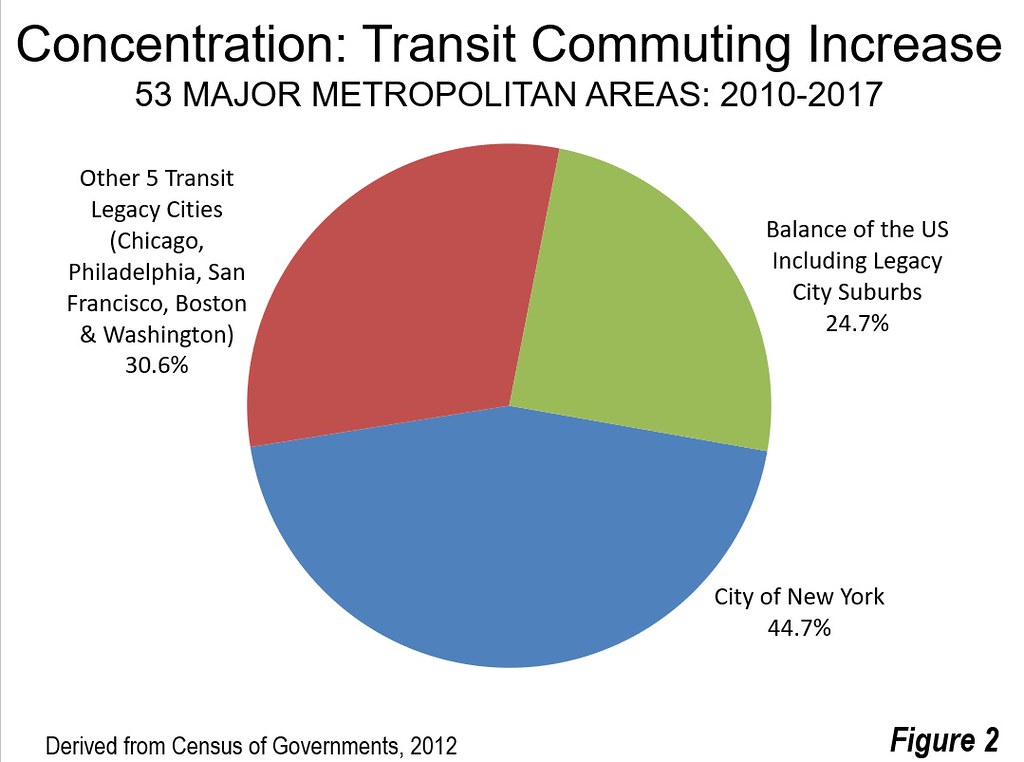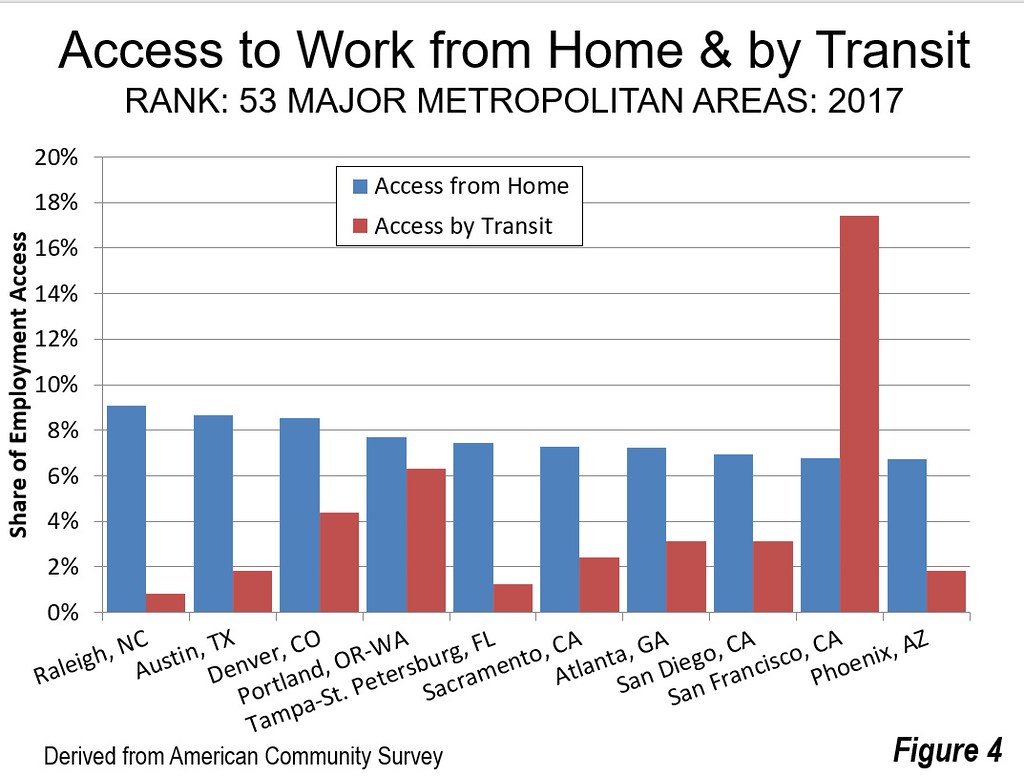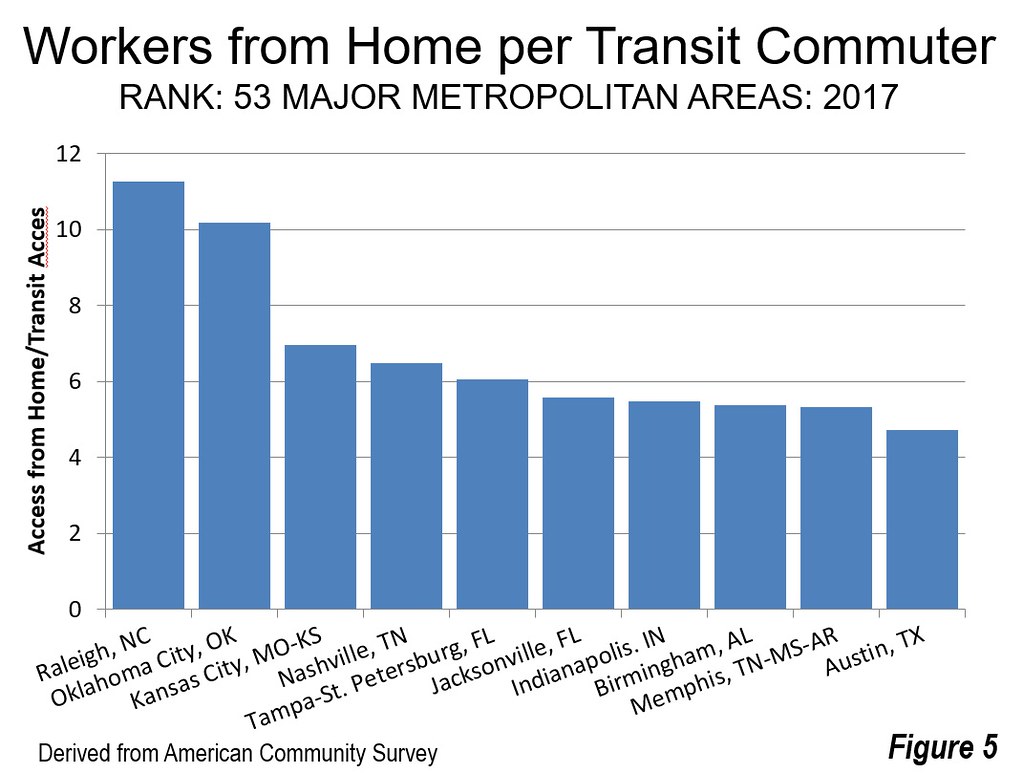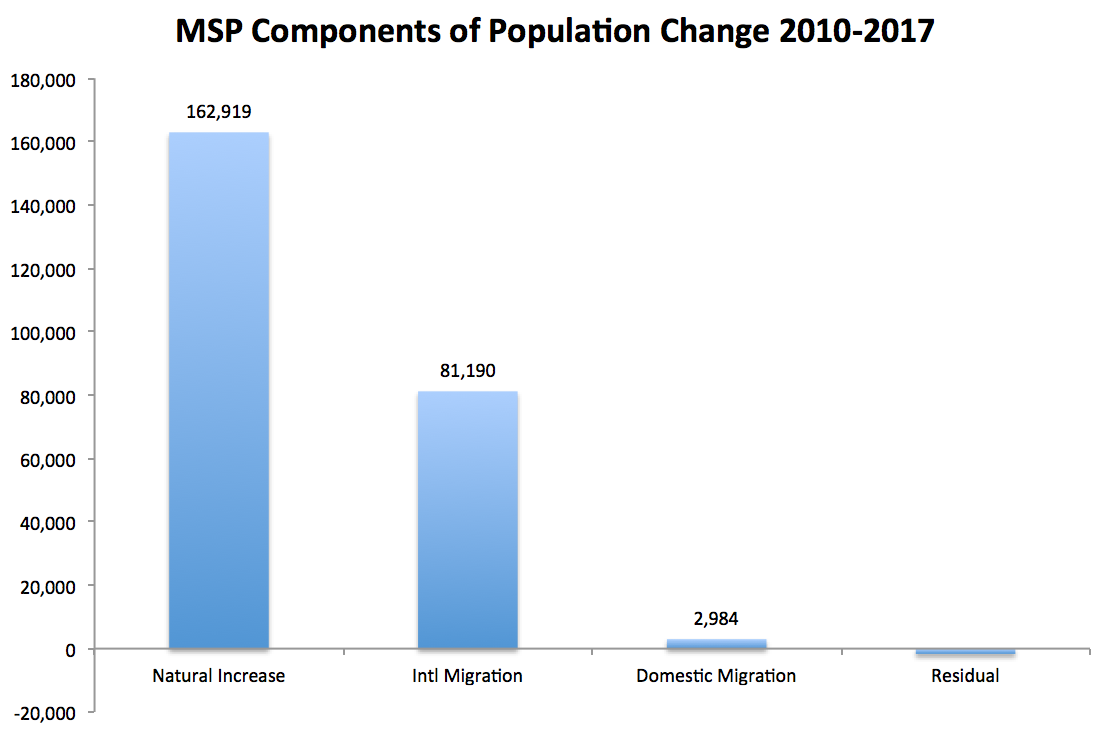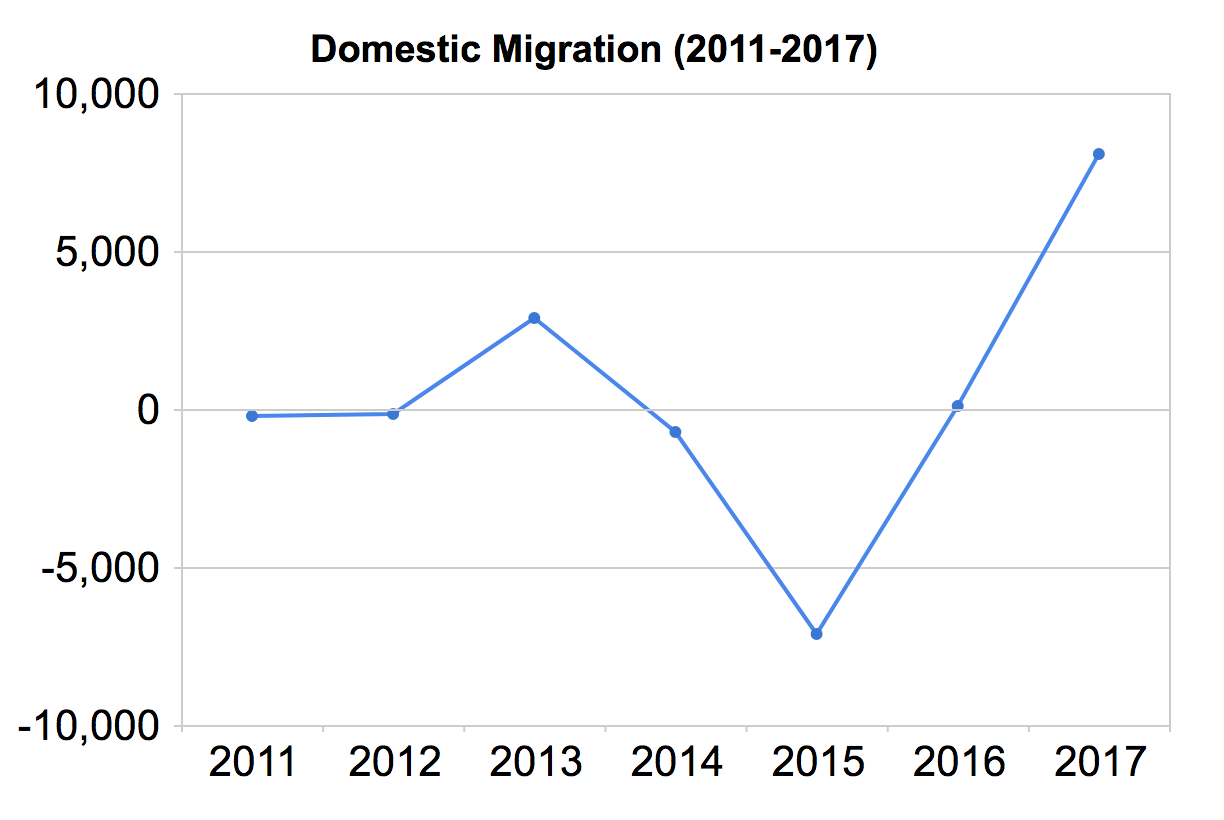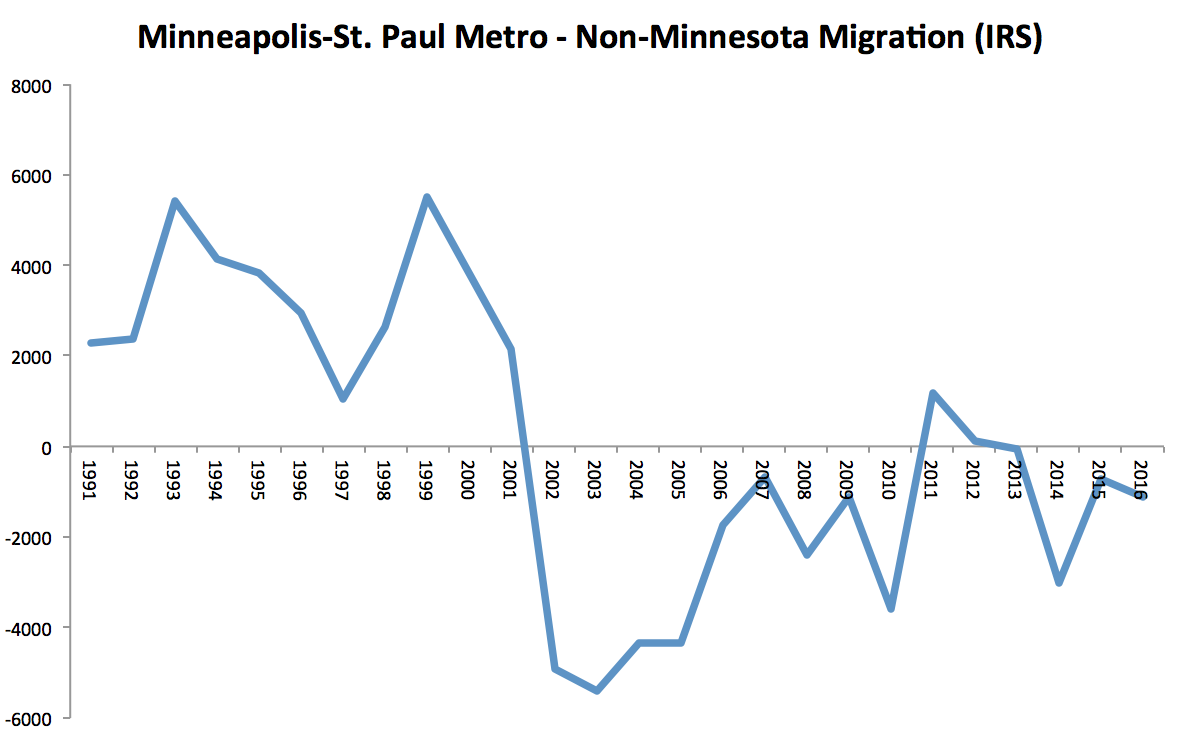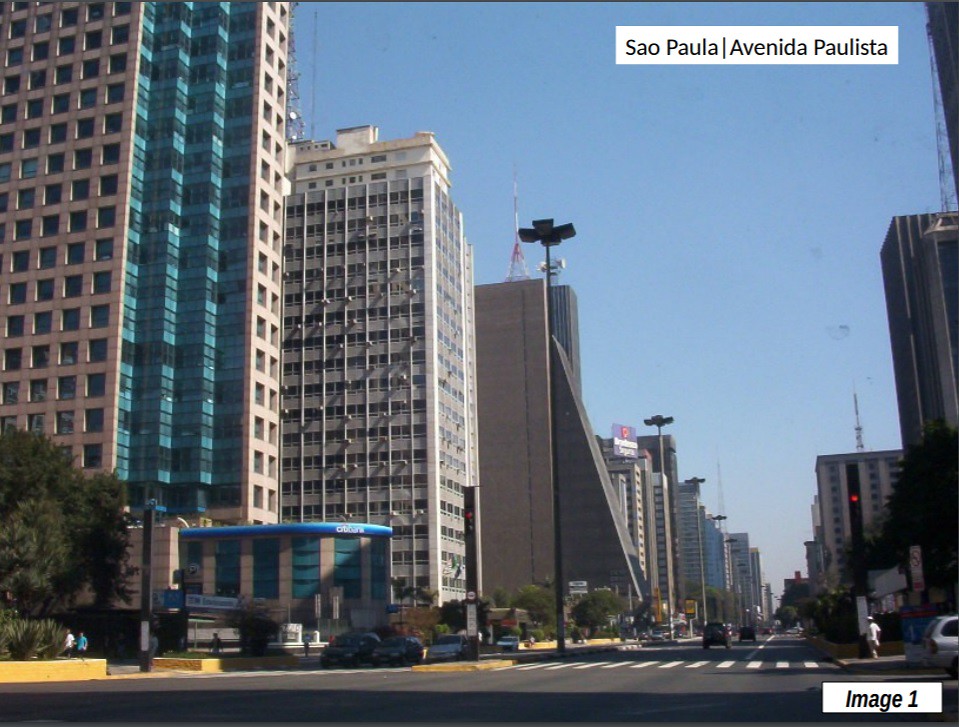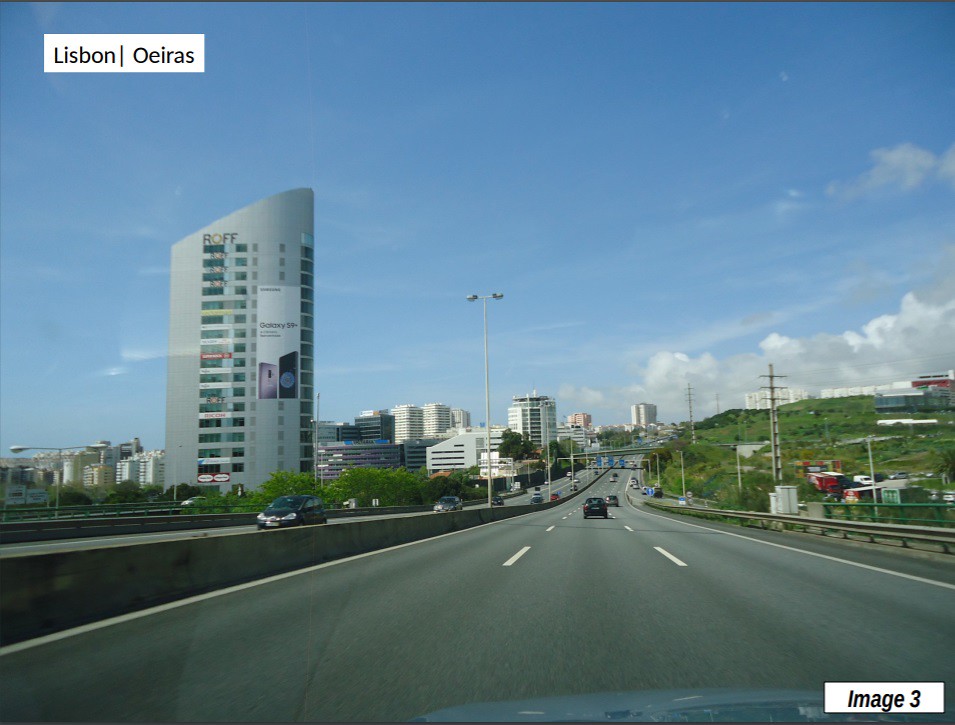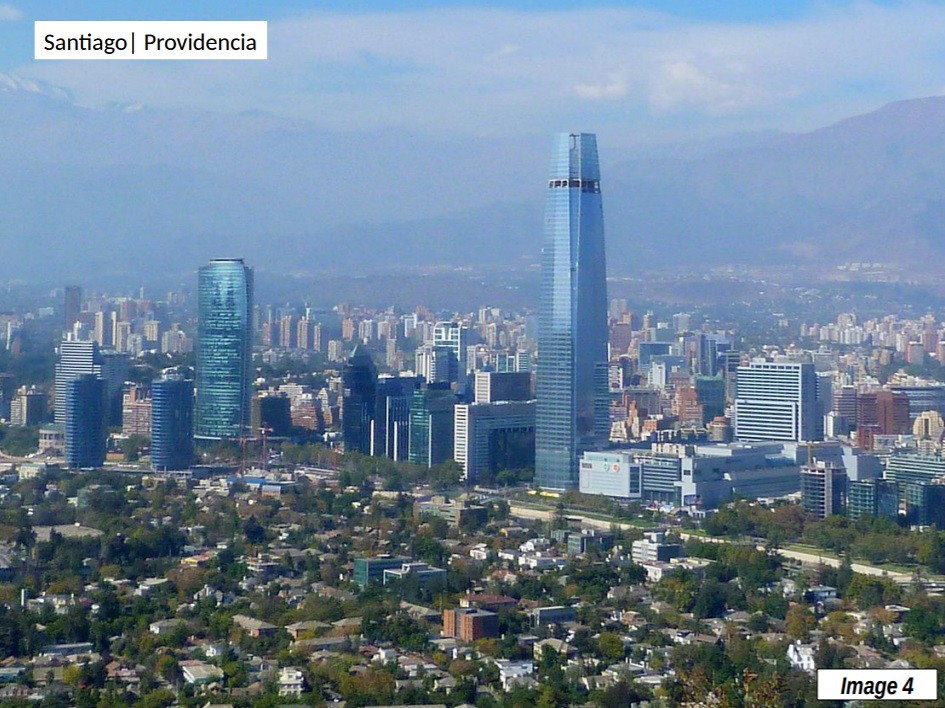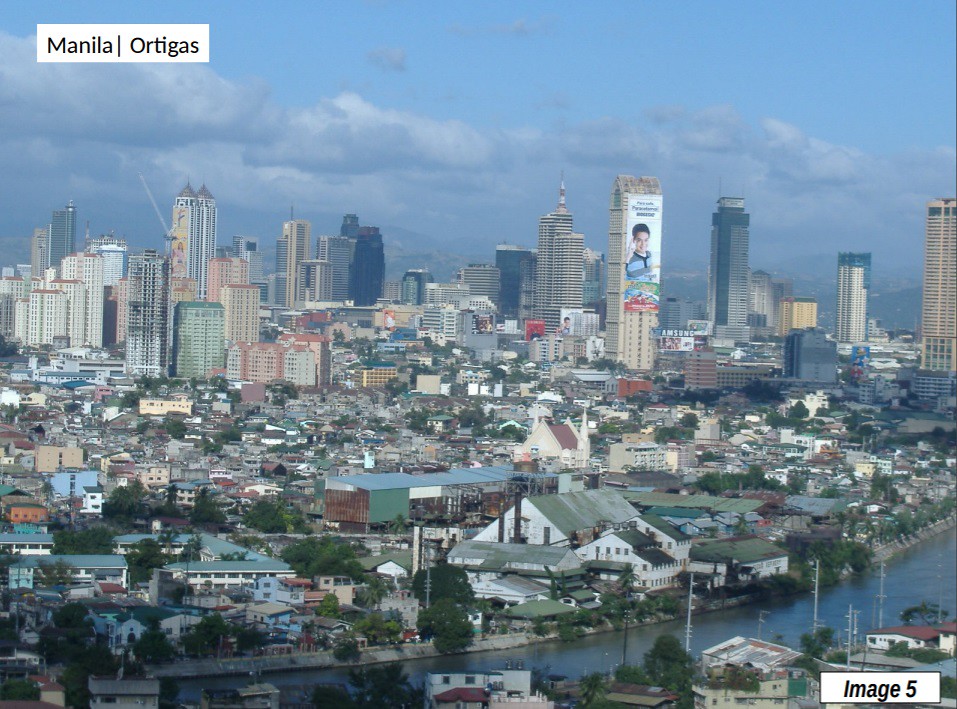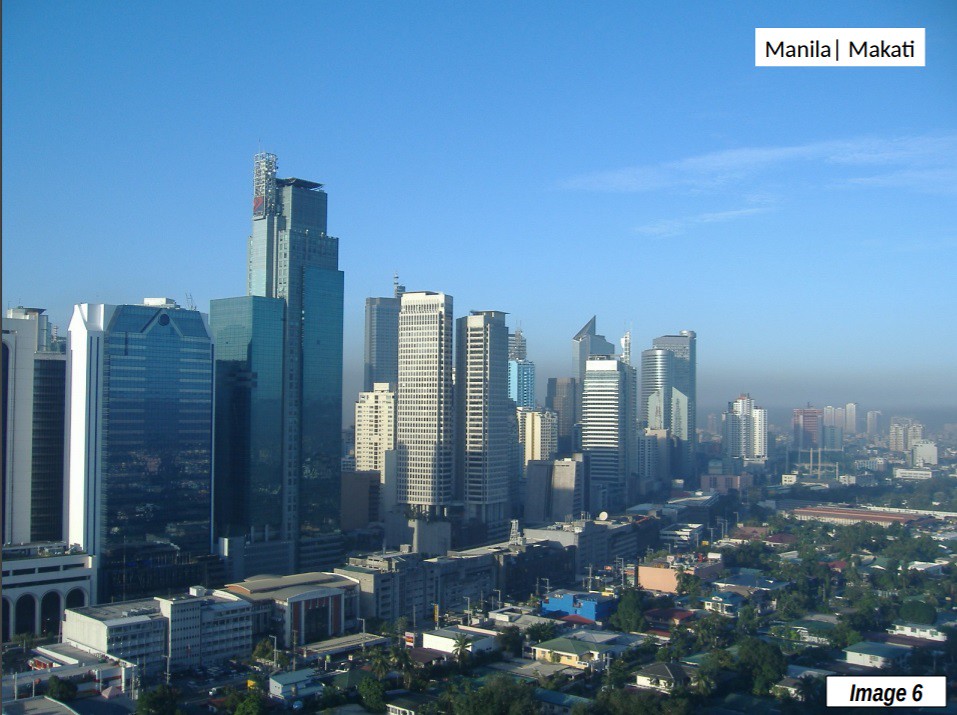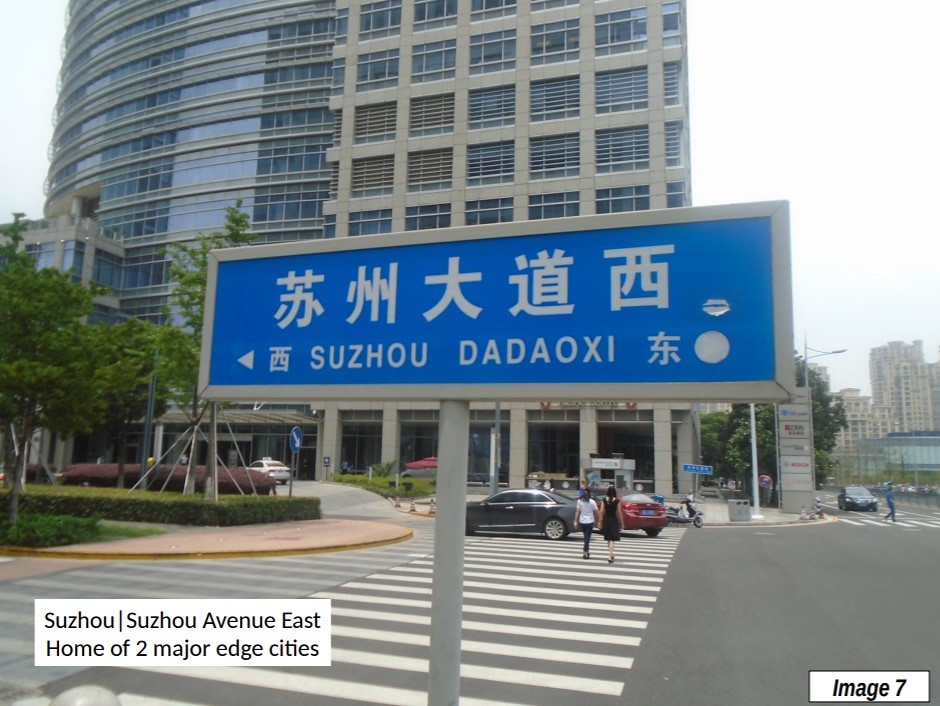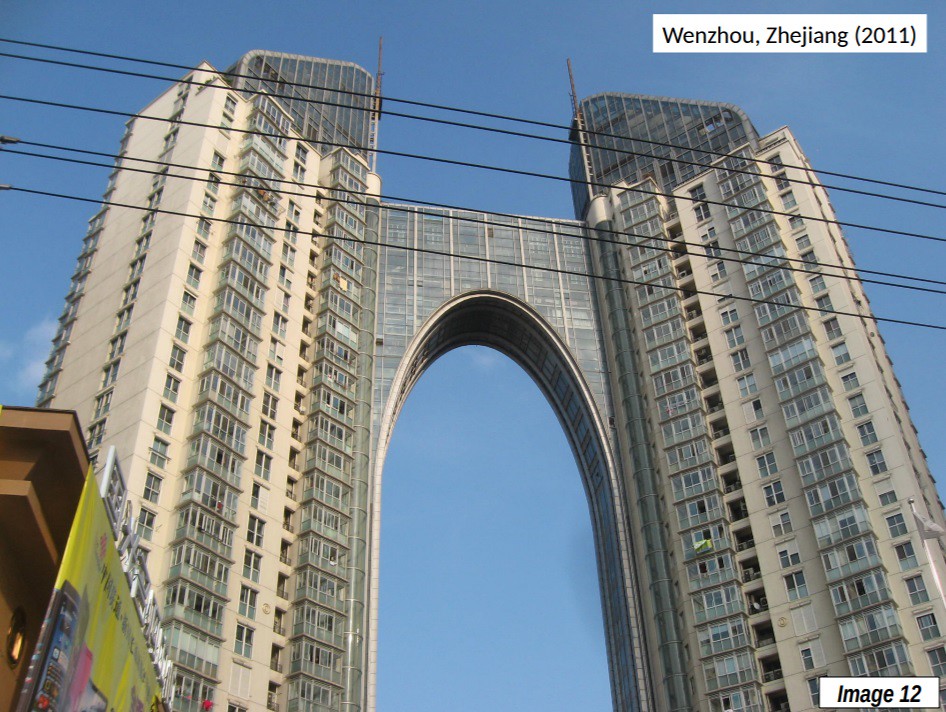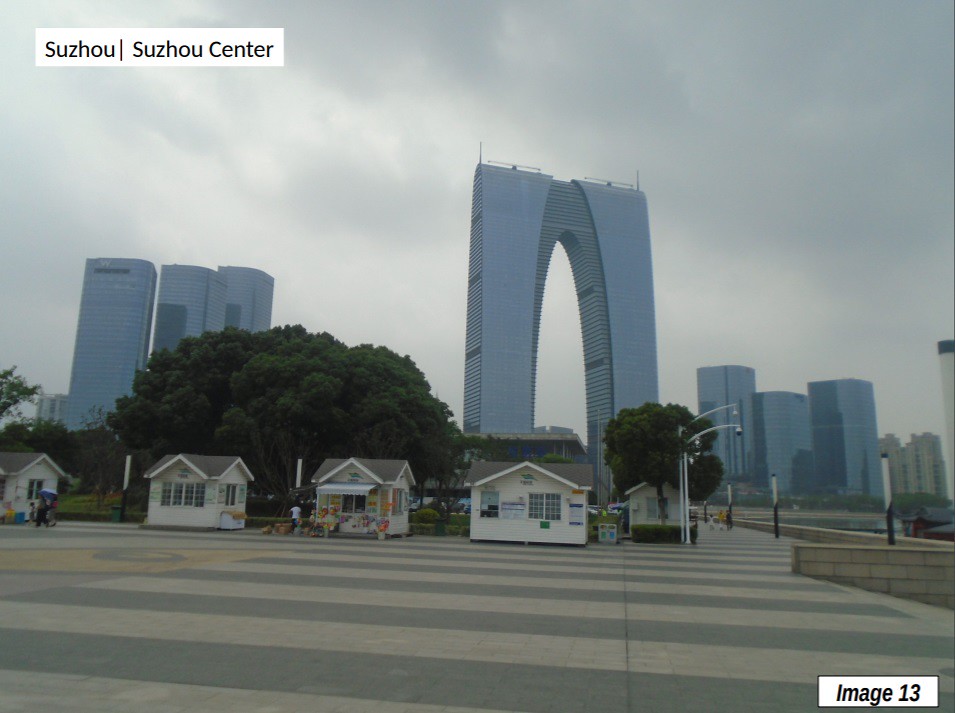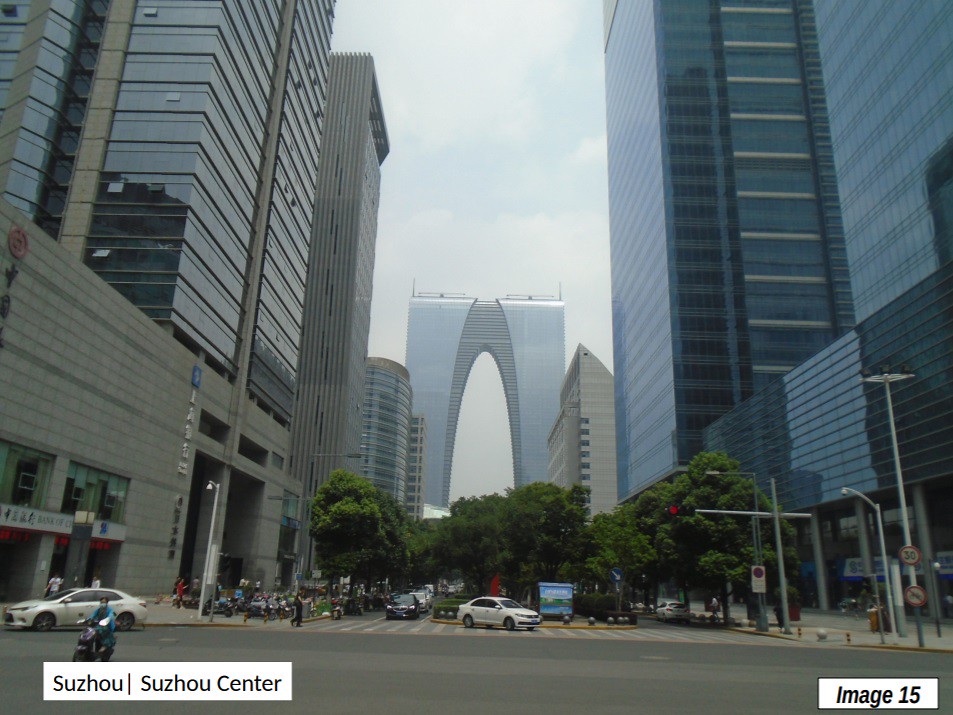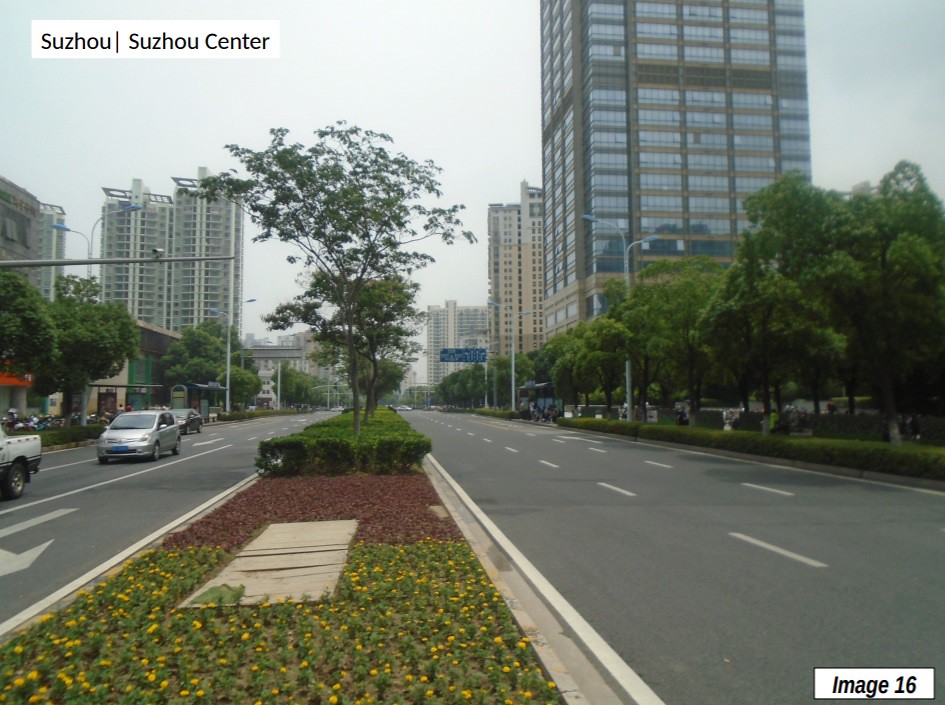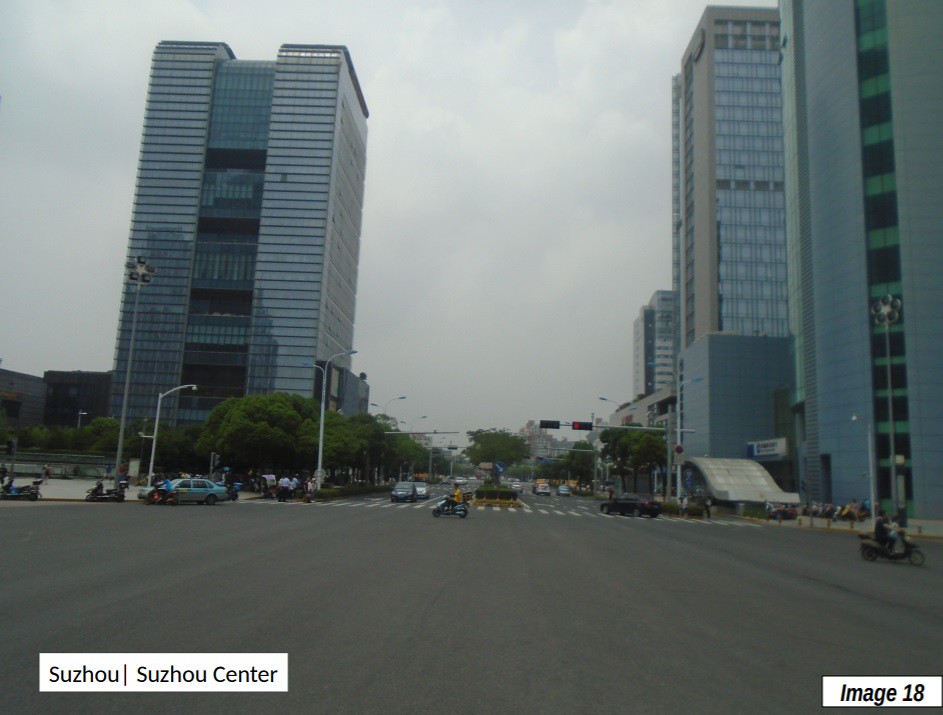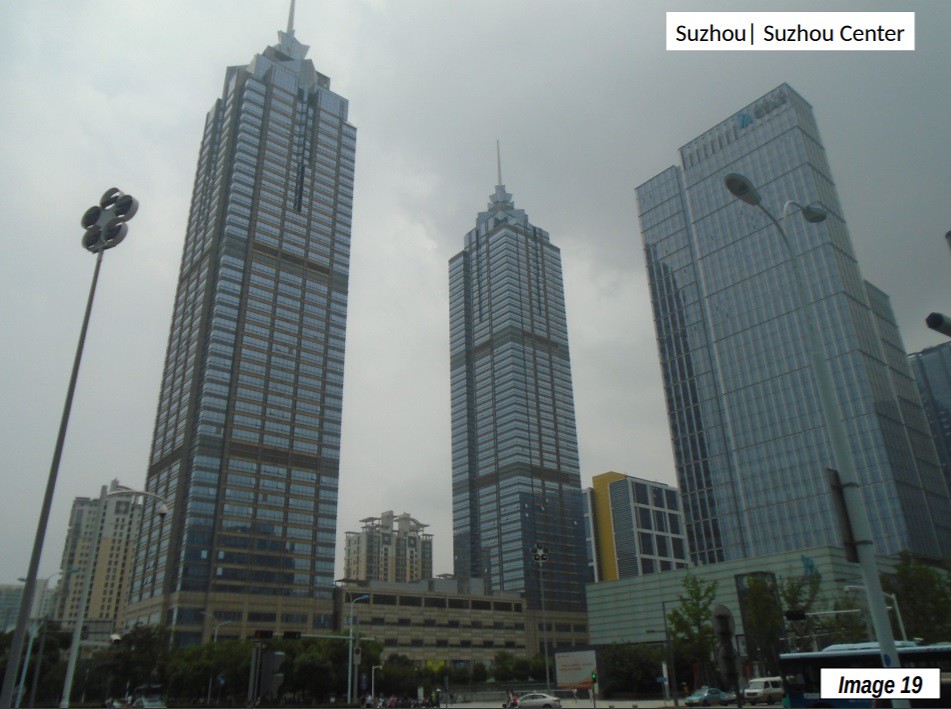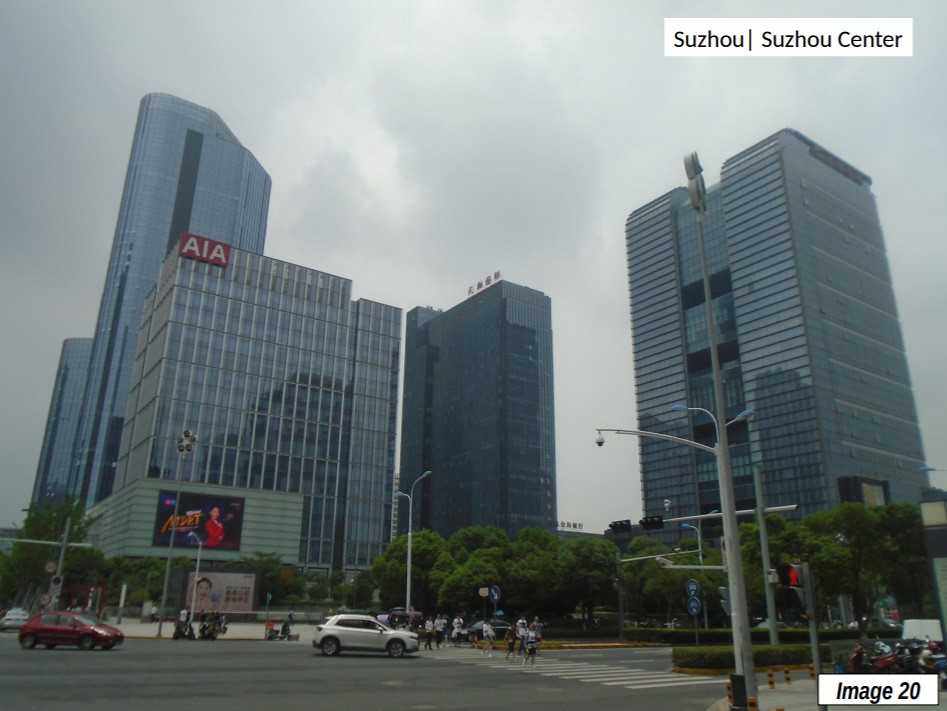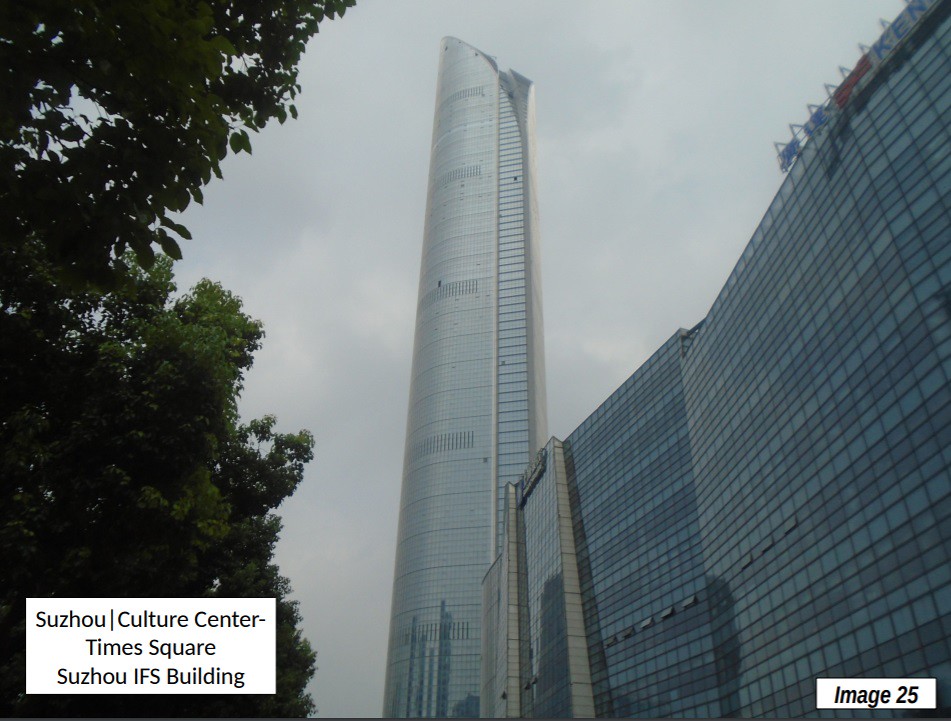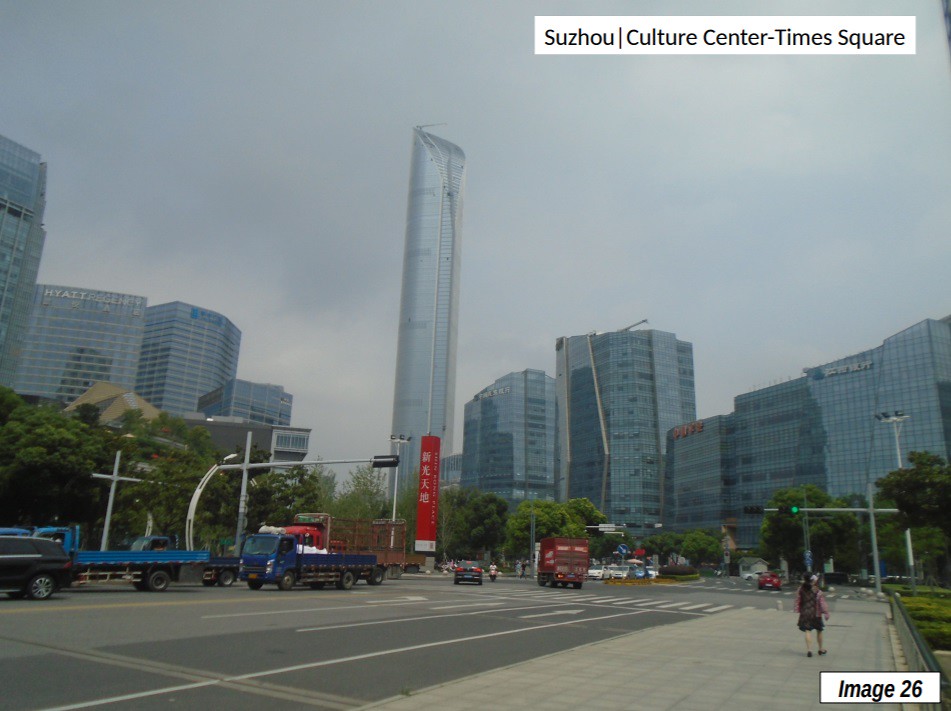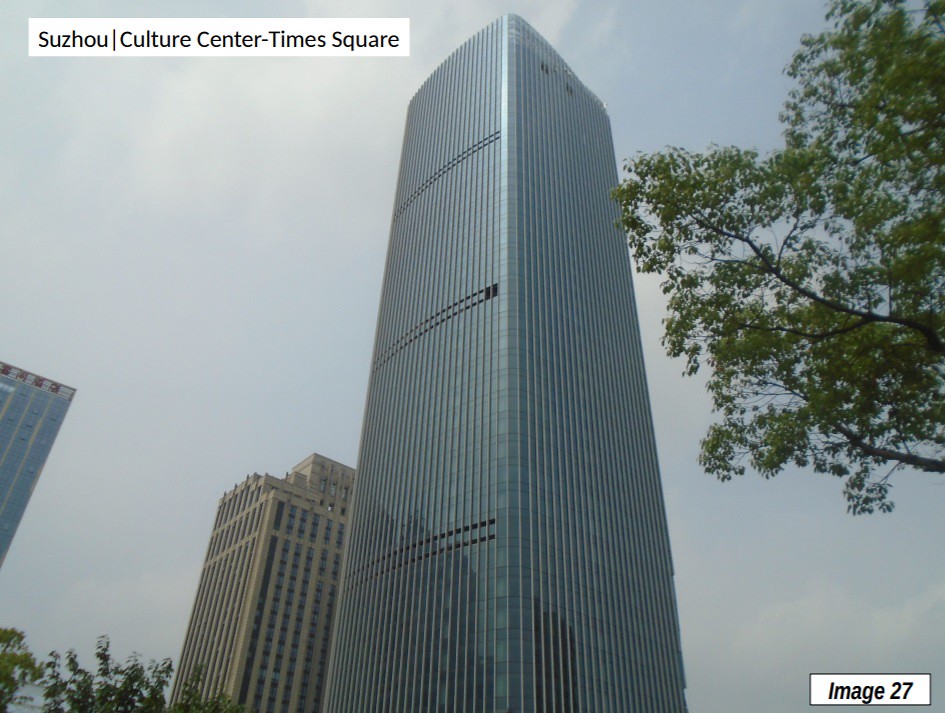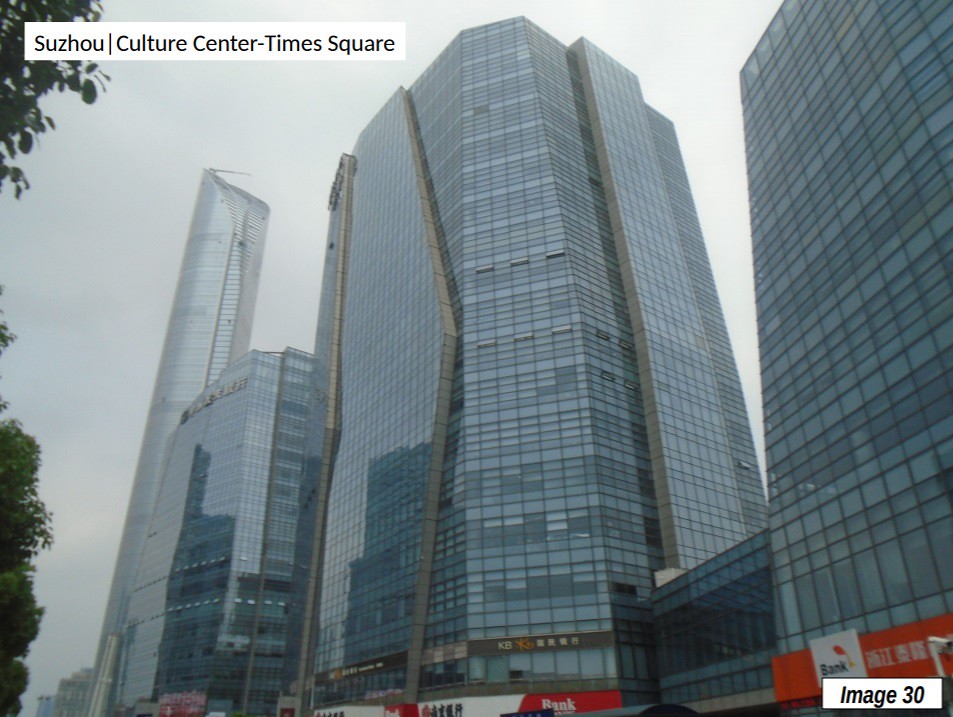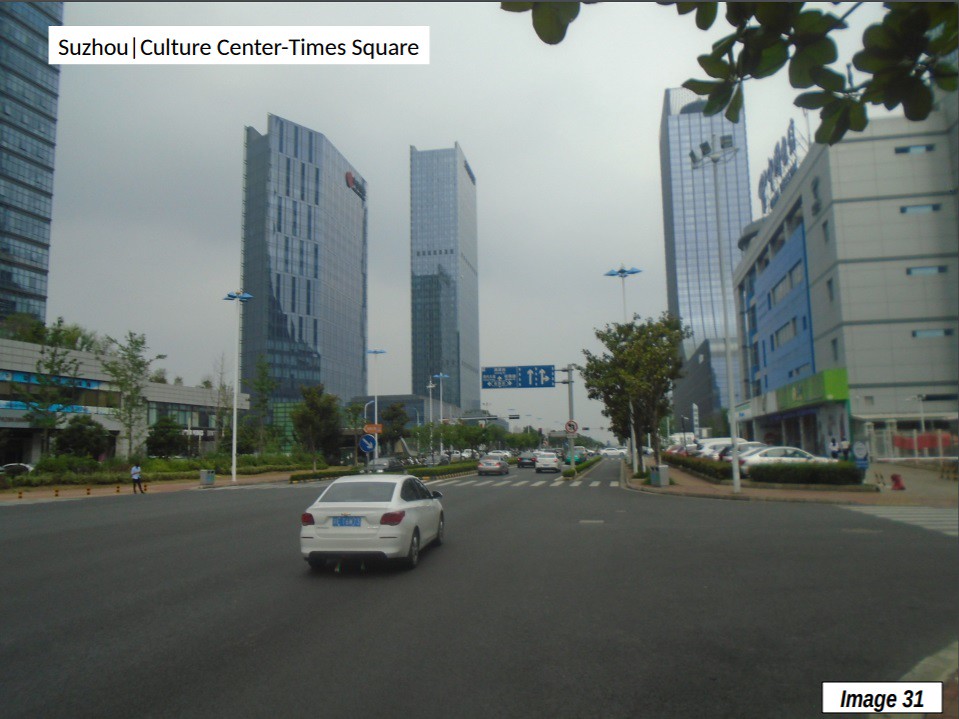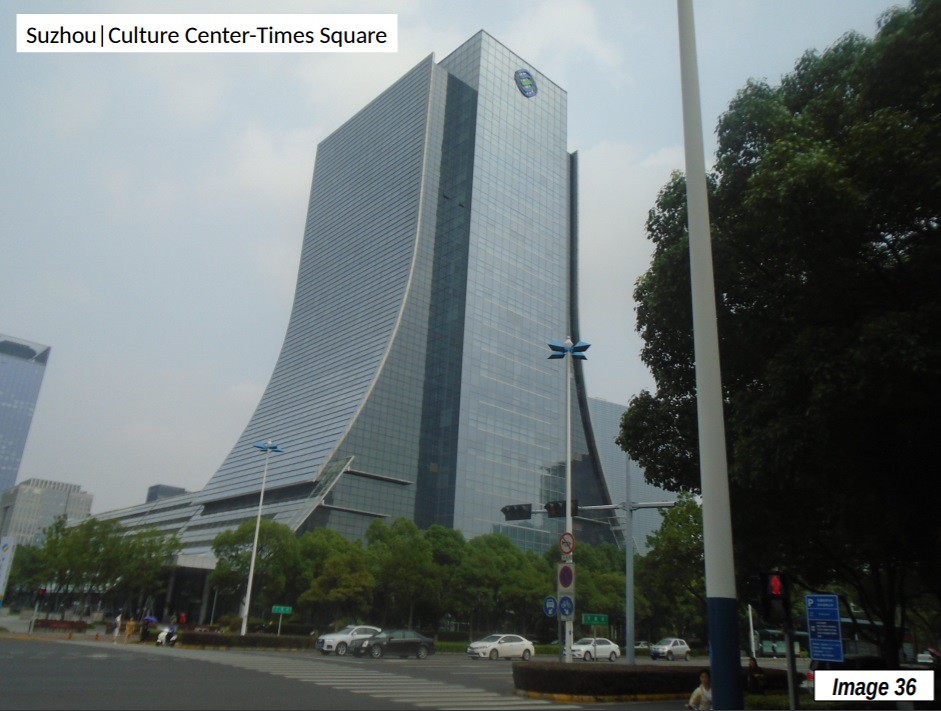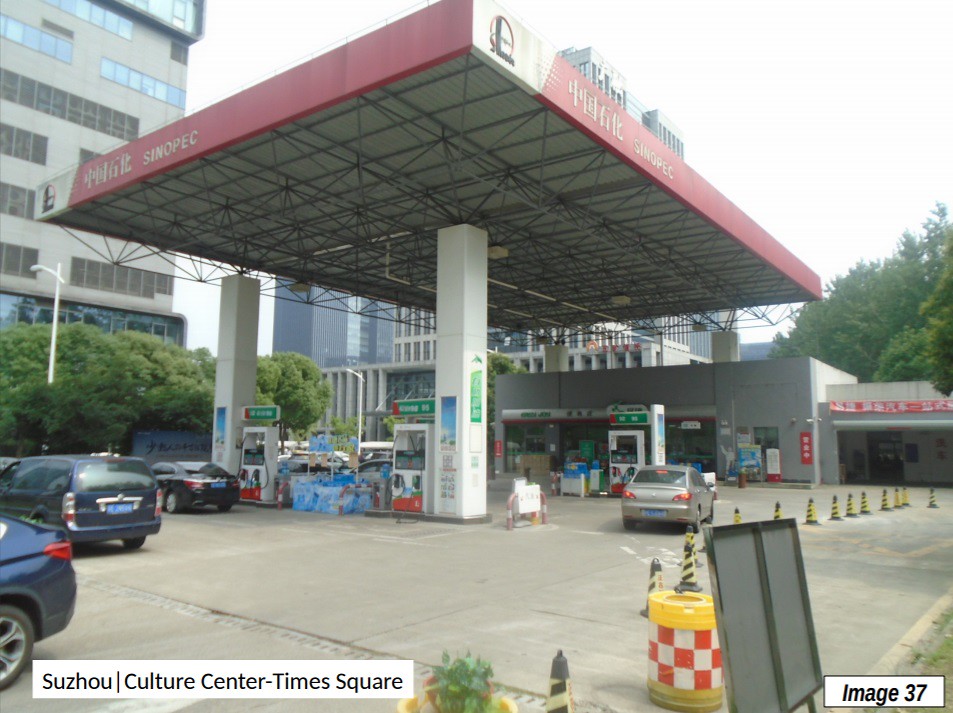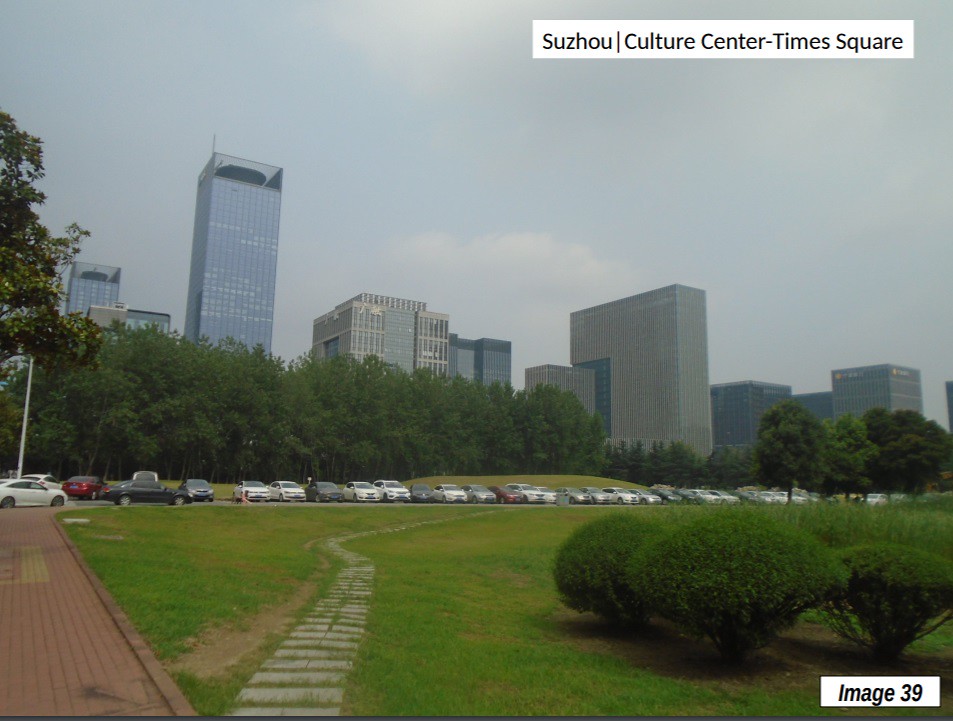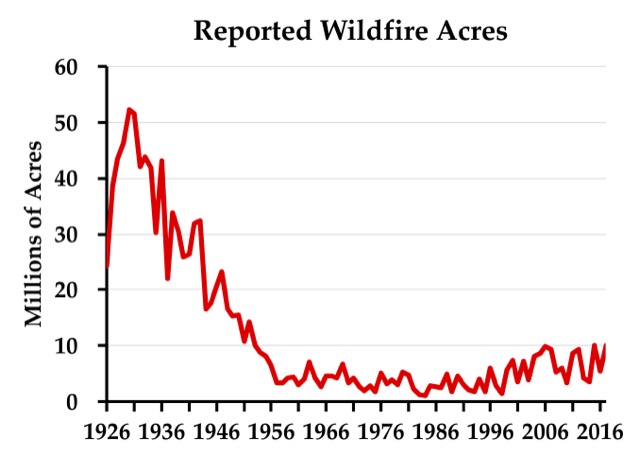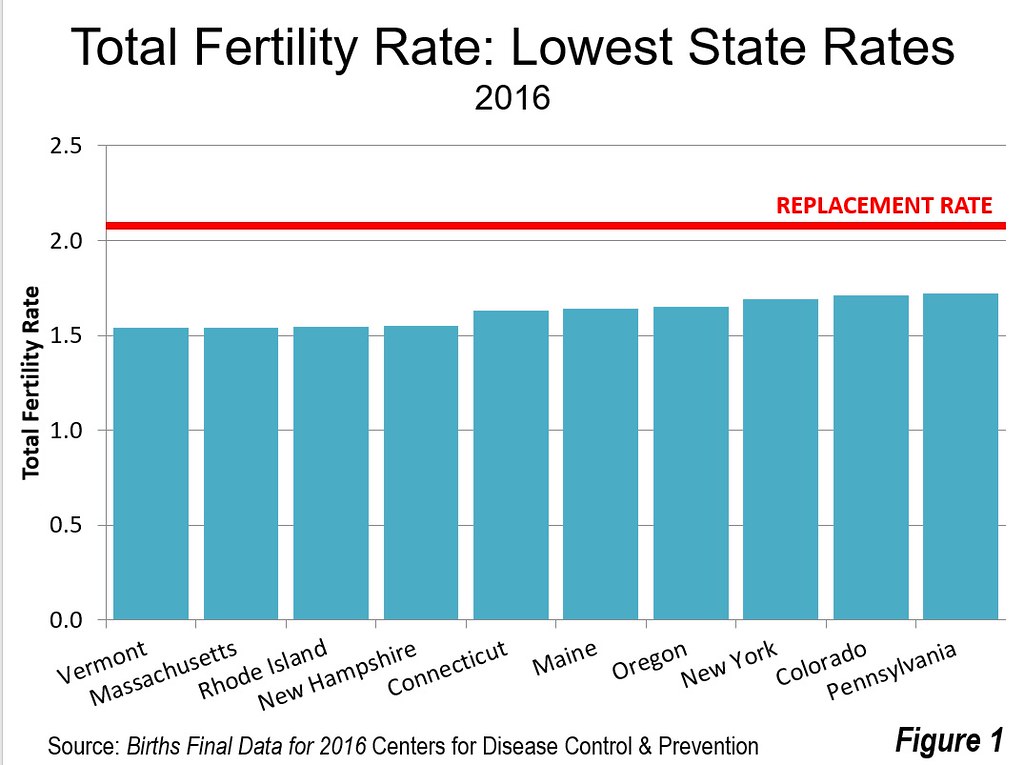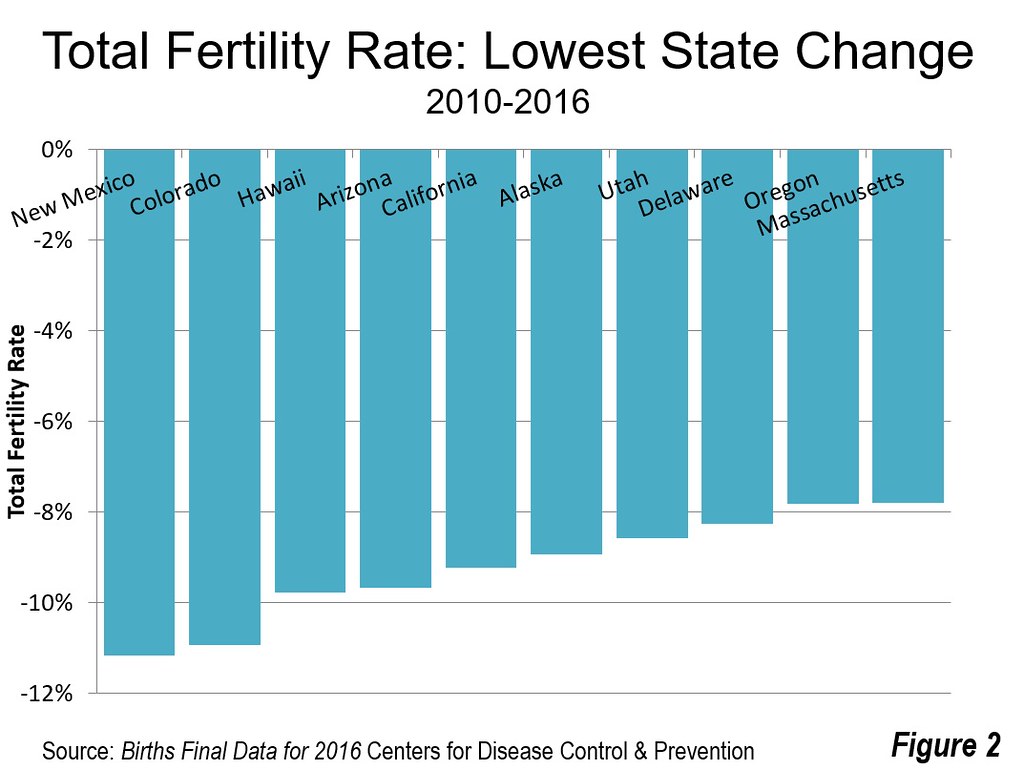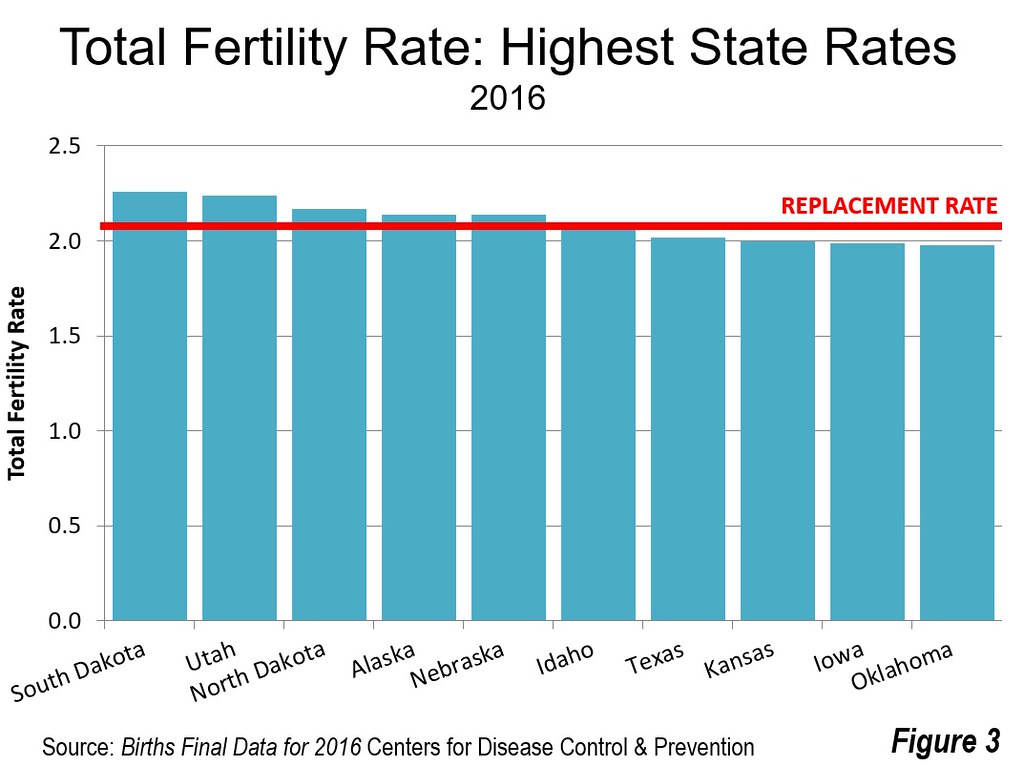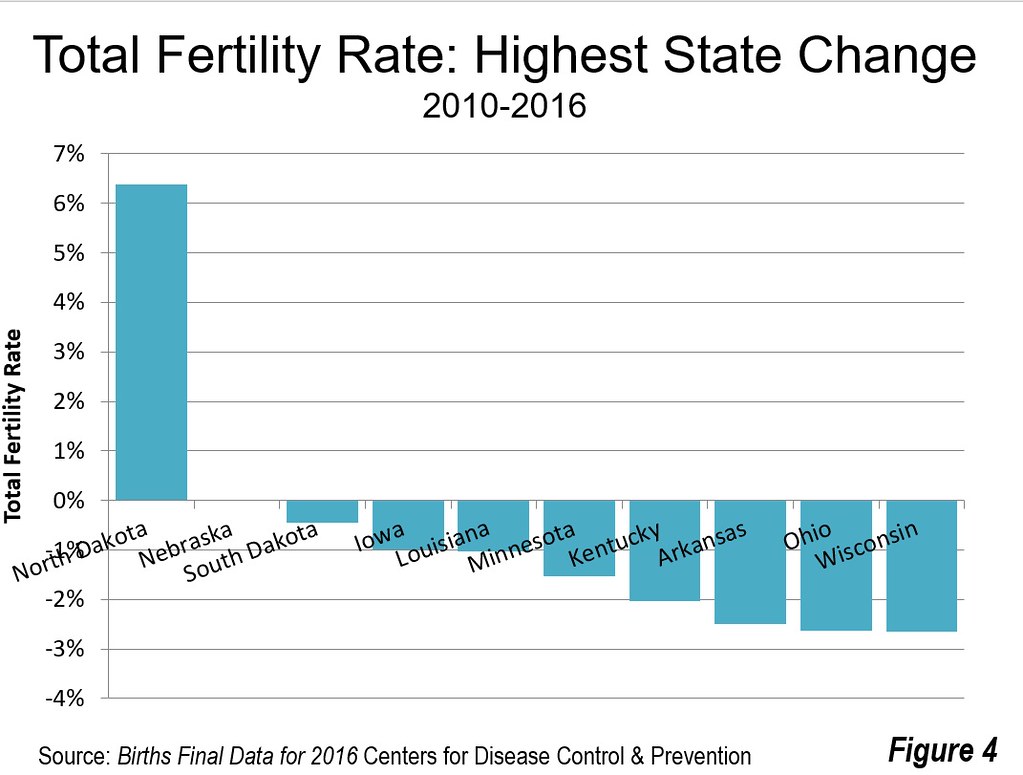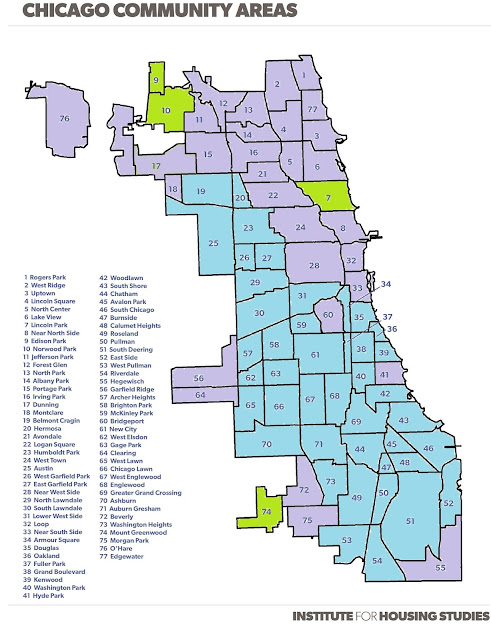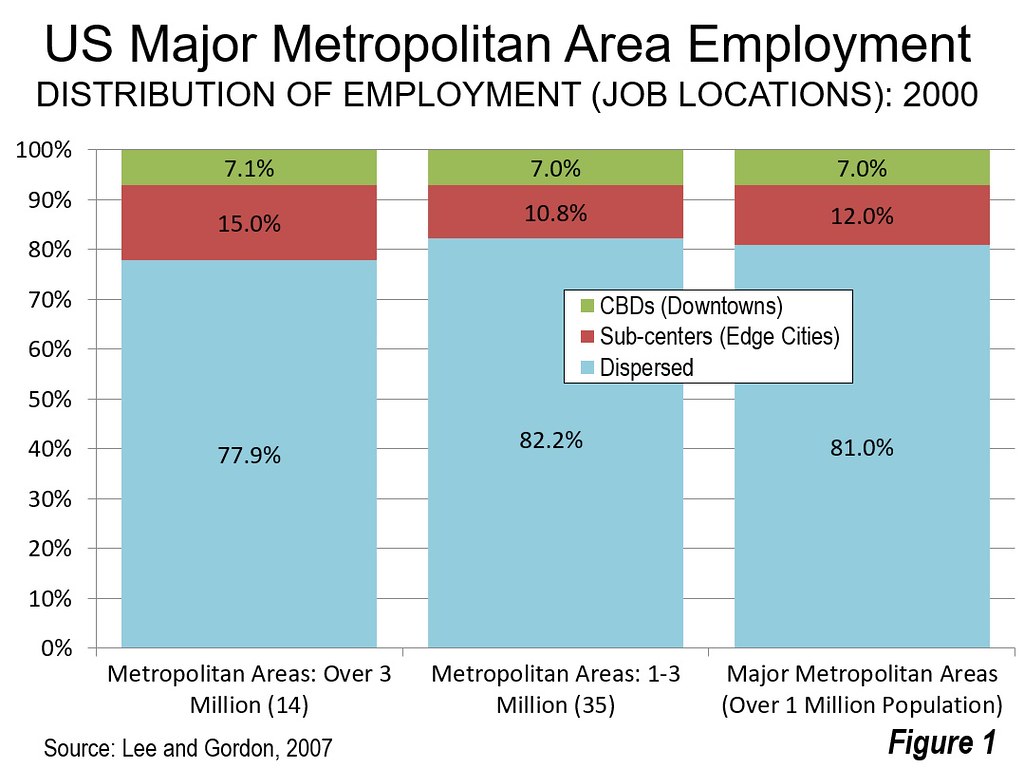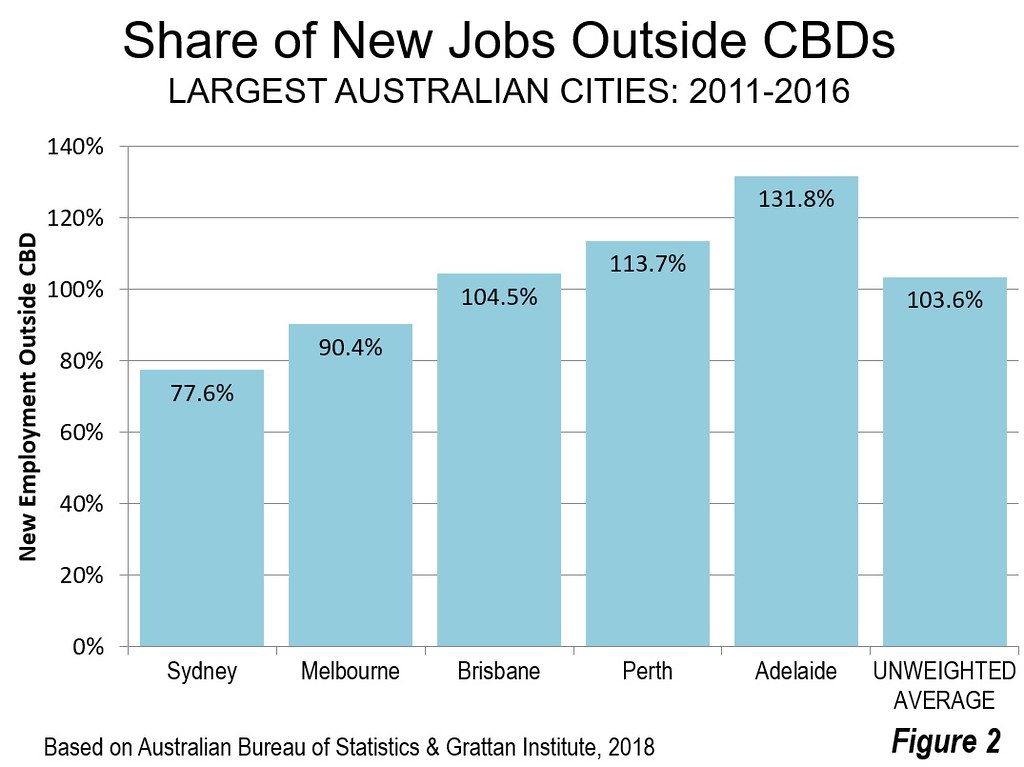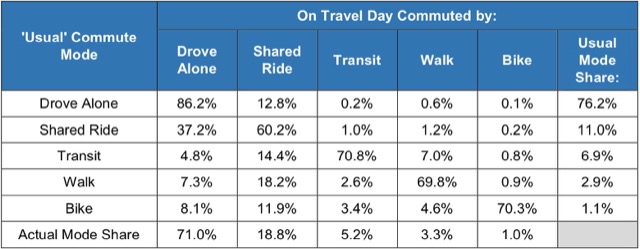One trend we’ve seen in many domains is the bifurcation of society into two tiers, the successful and unsuccessful. One way we see this divergence playing out is between cities in the same state. This NBC article looks at divergence in Ohio between Dayton and Columbus.
"Columbus, home of the state capital and Ohio State University, is riding a knowledge economy into prosperity. Buildings are going up and being renovated as new businesses arrive chasing a growing population.
Just an hour west, Dayton is trying to shake the rust off its manufacturing roots and find a place in the new world. Blocks of downtown Dayton are empty and local leaders are working and wondering how to refill them.
…
Since 2010, Columbus has grown by more than 11 percent, adding nearly 100,000 residents. And it’s not just how many are coming to the city, it’s who is coming.The state capital and Ohio State draw people from across the state, filling the city with a young, educated labor pool. The median age in Columbus, 32.7, is seven years younger than the rest of the state. And the percentage of people with college degrees, 34.8, is eight points higher than the state as a whole.
…
Those problems are visible in the data. Since 2010, Montgomery County has actually seen its population decline by a percentage point. That’s as the nation as a whole has grown by more than 5 percent. And the county has also gotten grayer in that time as well. With a median age of 39.4 years, it is older than both the national and Ohio medians.If those numbers sound like a good fit for Donald Trump and his populist message, the 2016 election showed they were, marking a change from the past.
In 2000, even as Ohio voted for Republican George W. Bush, Montgomery County voted for Democrat Al Gore. And Montgomery County voted for Barack Obama twice.
But in 2016, Montgomery narrowly went for Trump, the first time it had gone for a Republican since 1988. This is a place where the promise of “fixing the economy” carries weight."
Click through to read the whole thing.
ProPublic also just ran a long piece on divergence, focusing on the struggles of Dayton.
There have always been more and less wealthy cities, but nothing like what is on display today, as a select group of hyper-prosperous cities put ever-greater distance between themselves and their counterparts. Consider this. In 1980, even after the first wave of deindustrialization, Middle American cities such as Dayton were remarkably close to par with their coastal peers. Per capita income in the Seattle area was only 16 percent greater than in the Dayton area. In metro Boston, the edge was only 6 percent. In New York, 14 percent. In Washington, 31 percent. And in the San Francisco Bay Area, 33 percent.
All those cities have since left Dayton in the dust. Seattle’s per capita income is now 48 percent greater. Boston’s edge has jumped all the way to 61 percent — a tenfold increase. New York and Washington are both over 50 percent greater. And in the Bay Area, per capita income is 94 percent greater than in the Dayton area—that is, almost double. (And these stats are for the whole Dayton area, not just the diminished city proper, which has lost nearly half its population since 1960, to about 140,000 today, and where more than a third of the population now lives in poverty.) You’ll find similarly widening gaps if you substitute Dayton with St. Louis or Milwaukee or Fresno or Buffalo.
Click through to read the whole thing.
In a diverging world, your town had better be doing everything in its power to make sure it lands on the right side of the dividing line.
This piece originally appeared on Urbanophile.
Aaron M. Renn is a senior fellow at the Manhattan Institute, a contributing editor of City Journal, and an economic development columnist for Governing magazine. He focuses on ways to help America’s cities thrive in an ever more complex, competitive, globalized, and diverse twenty-first century. During Renn’s 15-year career in management and technology consulting, he was a partner at Accenture and held several technology strategy roles and directed multimillion-dollar global technology implementations. He has contributed to The Guardian, Forbes.com, and numerous other publications. Renn holds a B.S. from Indiana University, where he coauthored an early social-networking platform in 1991.
Photo: Dayton, Ohio by Mark Donna, CC BY-SA 3.0
